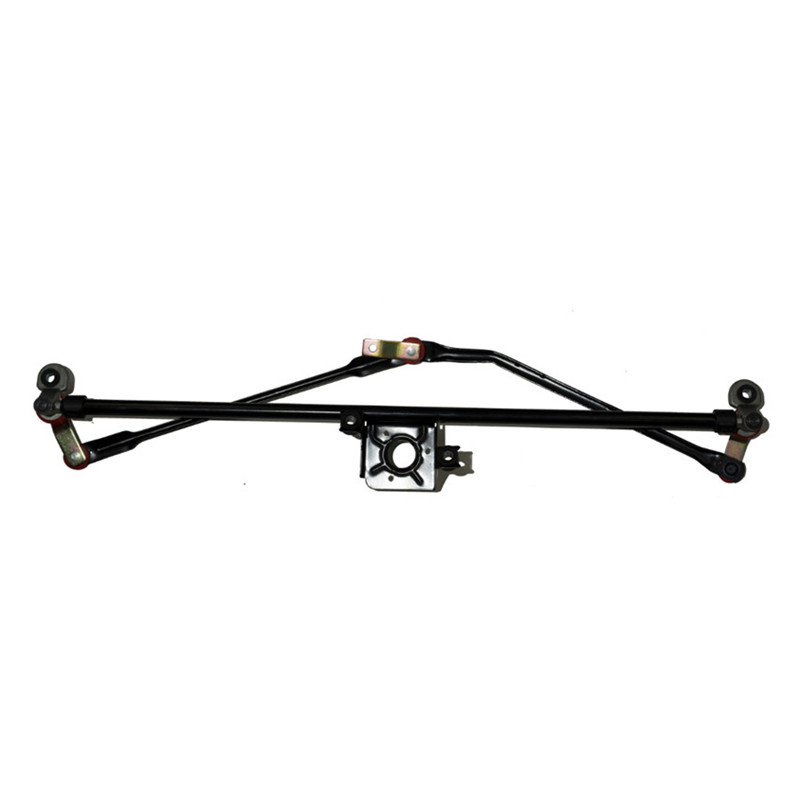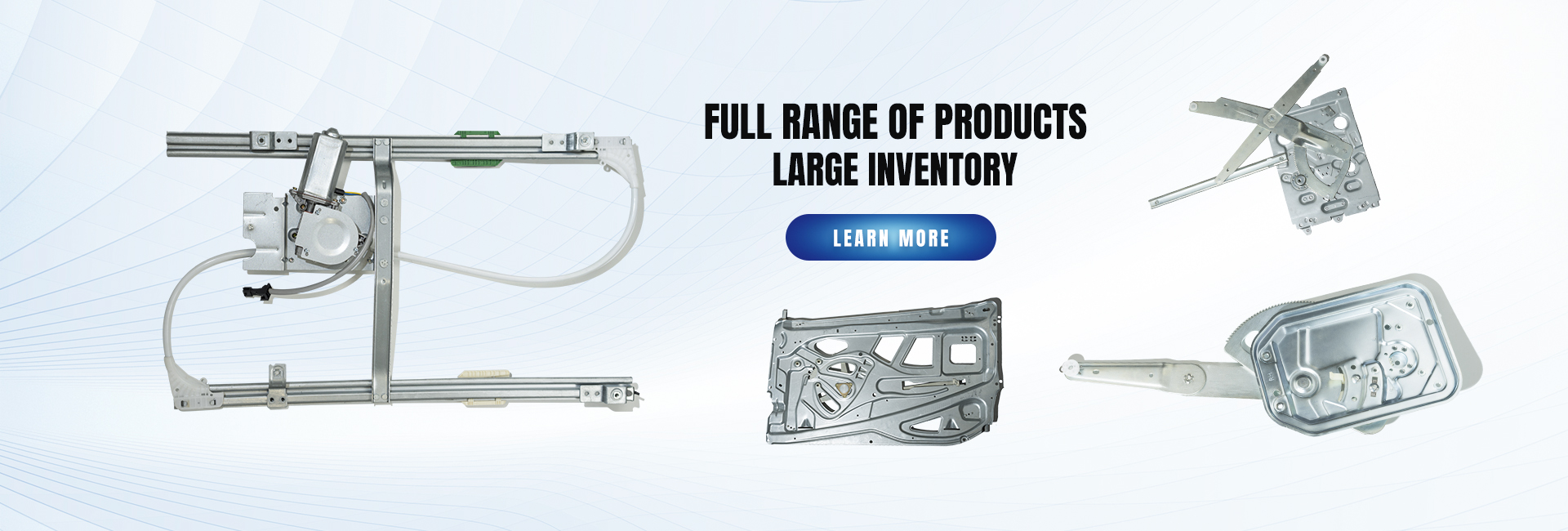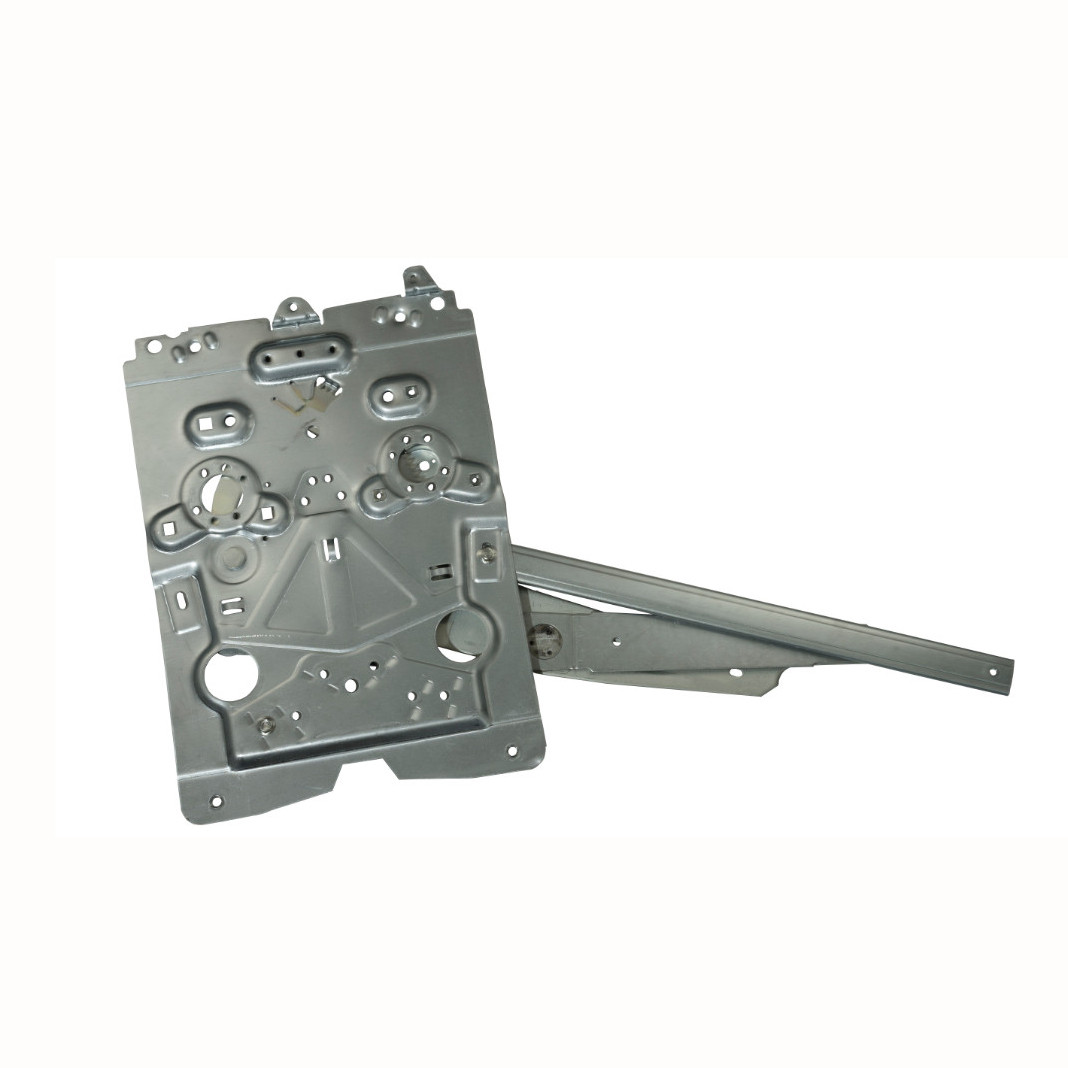Best Cheap Wiper Transmission Motor Products – European heavy duty Truck wiper linkage for MAN TGA 81264116112 81264116099 81264116119 – Zhongyi
Best Cheap Wiper Transmission Motor Products – European heavy duty Truck wiper linkage for MAN TGA 81264116112 81264116099 81264116119 – Zhongyi Detail:
Description
| Car Fitment | Model | Year |
| Daf, VOLVO, MAN | 400-Serie Kasten, XC60 II, TGE Pritsche/Fahrgestell | 989-1993, 2018-2019, 2017-2019 |
| MAN | TGE Pritsche/Fahrgestell | 2017-2019 |
| VOLVO | XC60 II | 2018-2019 |
How do you know if your wiper linkage is bad?
Symptoms of a Bad or Failing Windshield Wiper Linkage
1:Wiper blades rotate out of sequence.
2:Wiper blades sputter while they operate.
3:Wiper blades don’t move when operated.
4:Wiper makes a grinding noise.
What Is a Wiper Linkage Assembly?
A wiper linkage assembly is a mechanical device that transfers power from the windshield wiper motor to the wiper arms. Commonly manufactured from stamped steel components, the wiper linkage assembly is typically composed of two or three sections, with some assemblies using four sections of linkage to complete the system. The wiper linkage assembly is designed in such a manner that the linkage drives the wipers through a full sweeping motion across the windshield when in use.
While the windshield wipers in many vehicles sweep back and forth across the windshield, the typical windshield wiper motor does not work back and forth, rather it operates by spinning continually like a fan motor. A small tab or linkage arm attaches to the drive hub of the wiper motor at one end and to the wiper linkage assembly at the other. The back-and-forth motion of the wiper arms comes from the wiper linkage assembly moving in one direction when the tab is on the top of the drive hub, and in the opposite direction when the tab is on the bottom of the drive hub. This is similar to watching the second hand on a clock appear to move to the right when at the 12 o’clock position and to the left when at the six o’clock position.
The ability to rotate and pivot the different sections of the wiper linkage assembly is made possible by loosely fitted rivets and nylon bushings. Rivets hold the sections of linkage together, while the nylon bushings provide a quiet and cushioned bearing-like component to the linkage arms. The typical wiper linkage assembly is designed to outlast the average automobile. In some applications, the linkage is permanently attached to the wiper pivot towers. This mandates the replacement of both wiper towers when there is a deficiency in the wiper linkage.
Most commonly, the linkage is underneath the cowl of the vehicle. This protects the mechanism from exposure to the elements and provides quiet operation when in use. The fact that the linkage is unseen in most vehicles is the reason that a clunking or squeaking sound is the most easily detected type of signal that there may be a problem with the linkage assembly. Most vehicles will have a removable panel or screened area that will allow access to the linkage and the wiper motor. On some larger and wider vehicles, the linkage assembly may include a support in the middle of the cowl area that supports the linkage from sagging or twisting when in use.
Product detail pictures:


Related Product Guide:
We know that we only thrive if we can easily guarantee our combined cost competiveness and high-quality advantageous at the same time for Best Cheap Wiper Transmission Motor Products – European heavy duty Truck wiper linkage for MAN TGA 81264116112 81264116099 81264116119 – Zhongyi , The product will supply to all over the world, such as: Haiti, Mauritius, Riyadh, Welcome to visit our company and factory, there are various products displayed in our showroom that will meet your expectation, meanwhile, if you are convenient to visit our website, our sales staff will try their efforts to provide you the best service
Managers are visionary, they have the idea of "mutual benefits, continuous improvement and innovation", we have a pleasant conversation and Cooperation.






